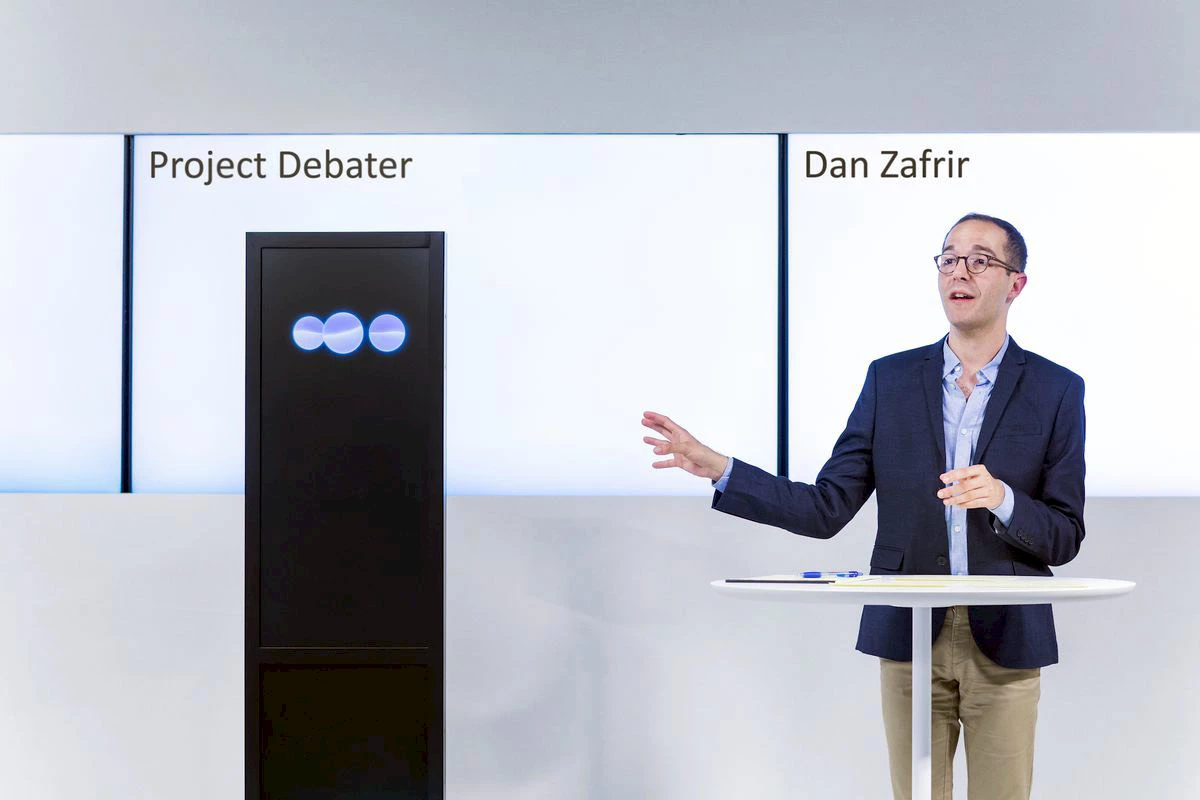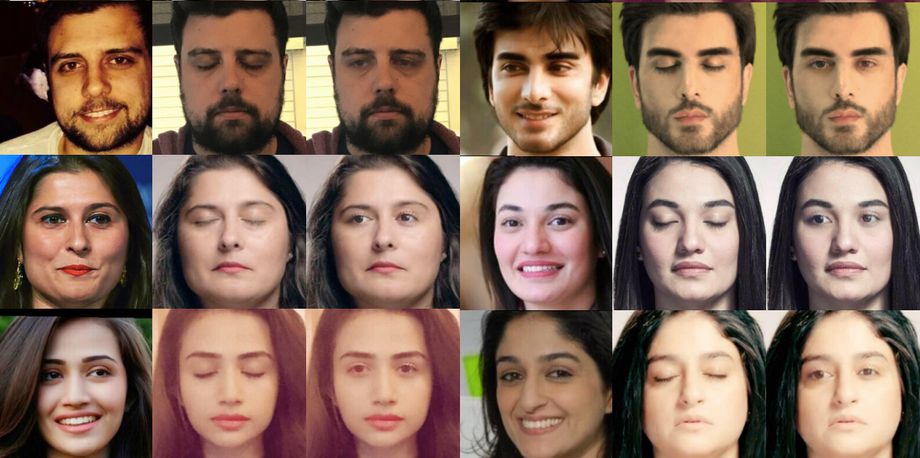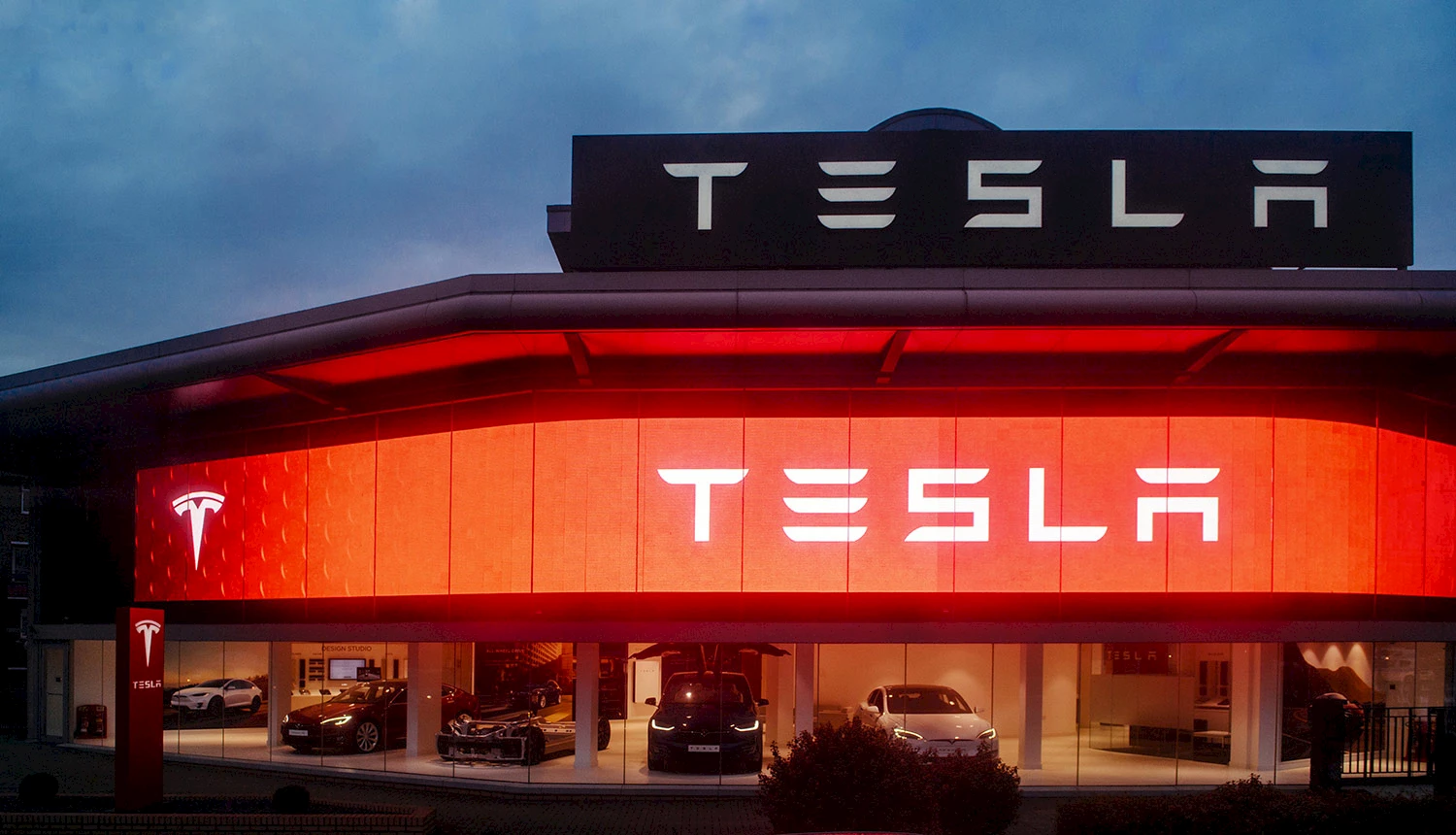Weekly Tech Recap - № 173 - Project Debater, AI-assisted slow-mo, digital keys for cars, Facebook opens eyes, etc.

Project Debater

Project Debater and a human. © IBM.
In San Francisco, in front of a small assembly of reporters, IBM Research displayed a new AI machine dedicated to the art of debate and argument. Two humans took on the machine to debate various issues, while the audience graded the human and machine debaters. At one point, the computer pleaded eloquently in favour of government subsidies for space exploration, arguing that it will “expand our collective sense of humanity’s sense of place in the universe.” While the AI draws on a massive database of millions of articles from newspapers and scientific journals, it isn’t able to ascertain the quality and veracity of its sources, meaning that input must be curated to obtain quality output. During the debating session, Project Debater consistently got high marks for thoughtful arguments backed up with facts and quotes. It structured its points clearly and understood its opponents’ arguments accurately enough to rebut them point by point. We are already looking forward to this technology coming to a personal assistant near us: “Hey, Alexa, let’s debate central bank monetary policy.”
⇨ The Verge, “What it’s like to watch an IBM AI successfully debate humans.”
⇨ Axios, “IBM’s AI can beat humans in an argument.”
AI-assisted slow-mo

Super Slomo. © Nvidia.
To obtain quality slow motion in a 24 fps video, you need to film at a rate of 48 fps. And to capture split-second events like the bursting of a balloon, you will need thousands of frames per second using expensive, specialized equipment. This is why Nvidia created a new, deep learning-based AI able to create high-quality slow-motion footage based on a standard 30 fps video. The resulting footage seems to have been filmed at much higher speeds. Researchers trained the AI using over 11,000 videos of sports and everyday life shot at 240 frames per second. This massive archive allowed the AI to learn how to accurately interpolate between images to produce the missing shots for slow-mo, slowing the action by a factor of 8 (240/30, or 12.5% of original speed). The researchers explained the usefulness of their method: “While it is possible to take 240-frame-per-second videos with a cell phone, recording everything at high frame rates is impractical, as it requires large memories and is power-intensive for mobile devices.”
⇨ PetaPixel, “NVIDIA’s AI can turn normal video into high-quality slow motion.”
Digital keys for automobiles

© iStock.
Unlocking your car with your smartphone and doing away with a bulky key is no longer the stuff of dreams. A consortium of automobile and smartphone builders recently published specifications for a digital key that would work on all phones and all cars. The group, called the Car Connectivity Consortium (CCC), includes Apple, LG and Samsung, as well as Volkswagen, Audi, General Motors and many other manufacturers. The CCC used existing technologies, like Near-Field Communication (NFC) and Trusted Service Manager (TSM) infrastructure, to build a universal digital key. The role of the organisation is to bring everyone together to develop a standard technology to work across all models of phones and cars.
⇨ Mashable, “Standardized digital car key would work with iPhone or Android phones.”
Facebook makes wide-eyed selfies

Facebook opens your eyes. © Facebook.
The same technology that removes red-eye and even changes the weather or the season in photos, is now being applied to fix poorly-timed blinks. A machine learning method called a Generative Adversarial Network, or GAN, trains on images of people when they’re not blinking, then fills in the information for blinking images. Sounds harmless? Maybe not — the technology makes it ever-easier for laypeople to create fake visual evidence. And AI editing is just getting started.
⇨ The Verge, “Facebook can use AI to open your eyes in blinking selfies.”
Tension at Tesla

© iStock.
The email exchanges between Tesla’s CEO, Elon Musk, and a former employee, Martin Tripp, started with accusations of hacking, and went downhill from there. According to Tripp, he was taking inventory of the stator line, when he became concerned with the amount of waste produced and discarded, and with the use of punctured batteries in the Model 3. Daily appeals and warnings to management produced no change, so he resorted to leaking information to the press. Tripp was promptly fired and sued by Tesla, triggering a nasty exchange of emails between himself and Musk. Accusations flew: “hacking”, “lies”, “threatening”, “framing”, and the final, horrible, “horrible human being”. The exchange was shut down, and Tripp is seeking an attorney.
⇨ Ars Technica, “Tesla lawsuit target called ‘horrible human being’ by CEO Elon Musk.”
